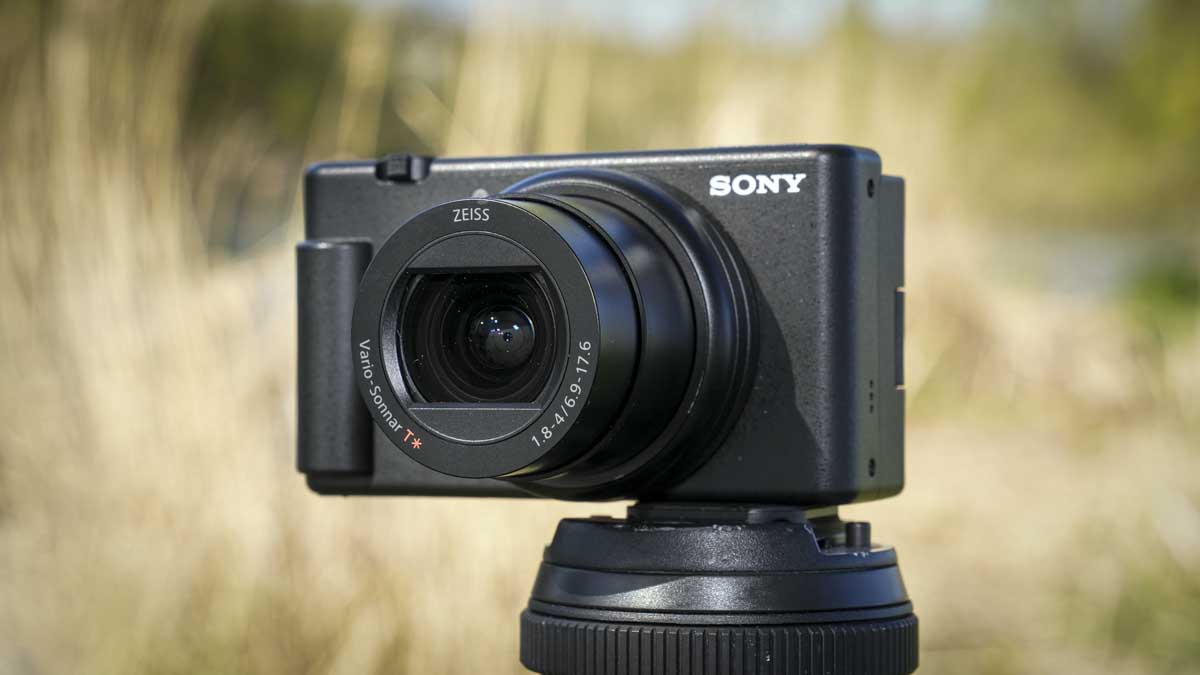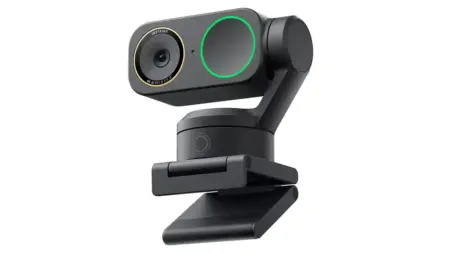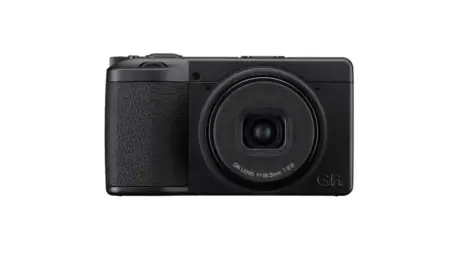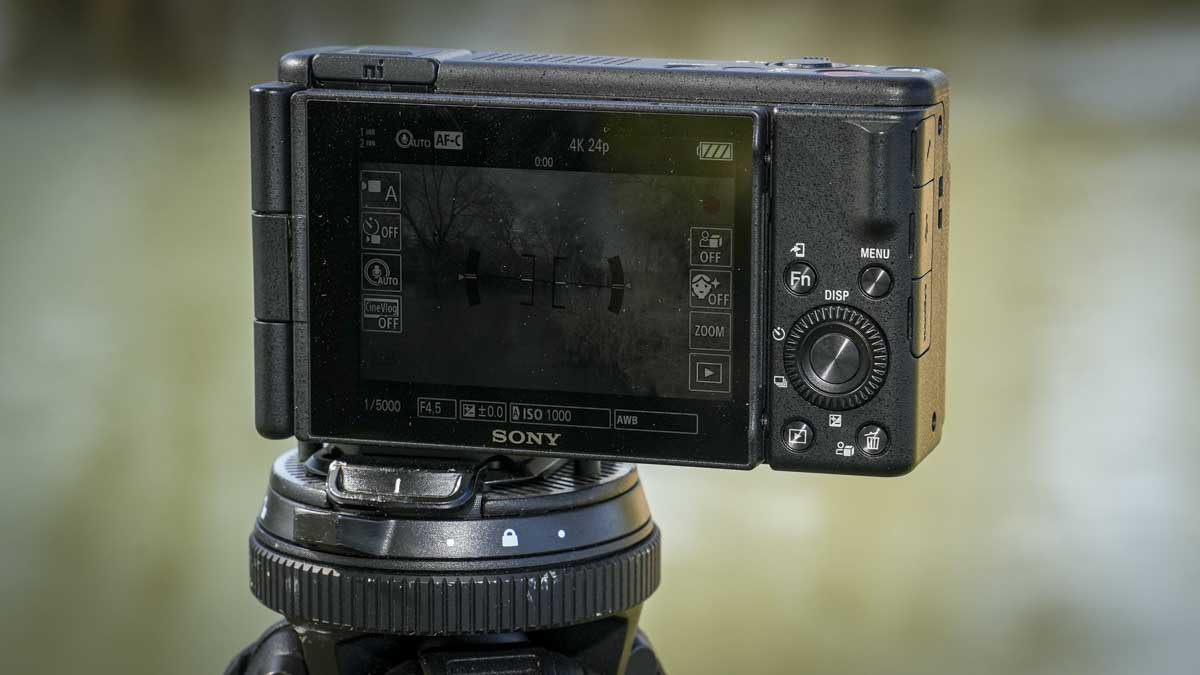The Sony ZV-1 II is a compact point-and-shoot vlogging camera. It’s extremely simple to use, with no interchangeable lenses – I can just slot in a battery and memory card and start shooting straight away. It’s a follow-up to the hugely successful ZV-1, and it needed to offer enough improvements to make its release worthwhile.
Compared with the ZV-1, one of the major changes is the lens. The original had a 24–70mm f/1.8–2.8, but the ZV-1 II now features a wider 18–50mm lens at f/1.8–f/4. That wider field of view is ideal for handheld vlogging and group shots – clearly aimed at content creators.
One upgrade I really appreciated was the move from the outdated micro-USB to a USB-C port. It’s far more practical, and I only need one cable for charging or data transfer, which works with most of my other devices.
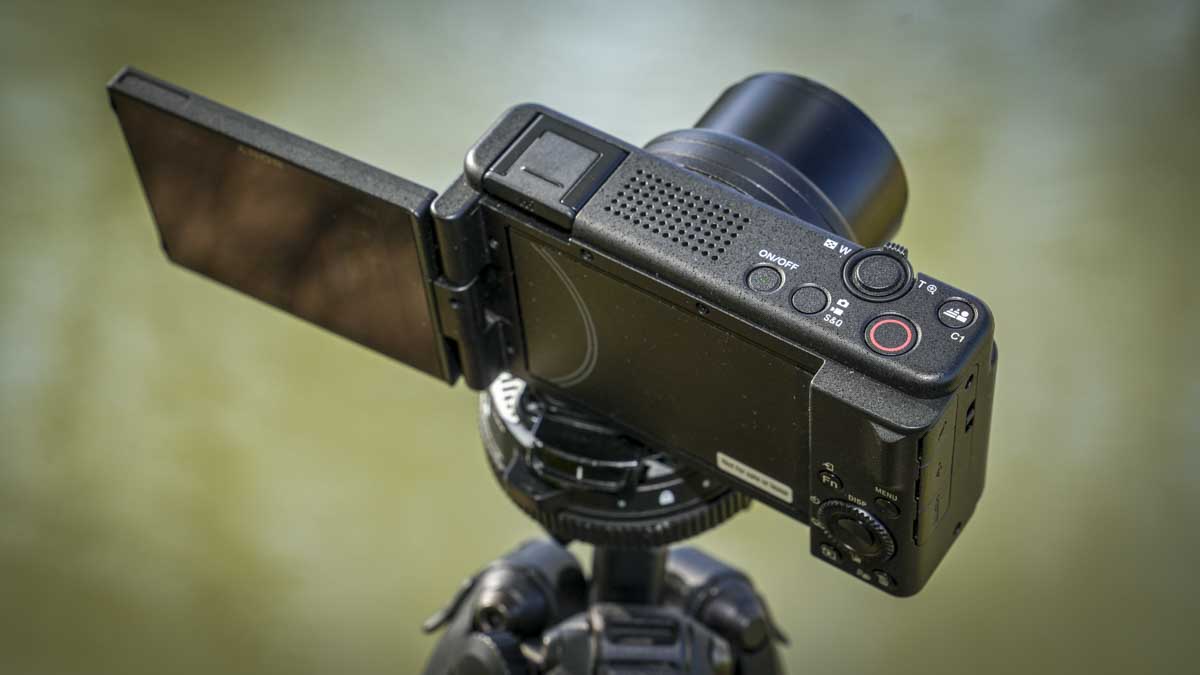 There’s also been a big improvement in audio. The original ZV-1 had just one omnidirectional mic, which was fine but not brilliant. The ZV-1 II now includes a three-capsule directional mic, which captures far better sound. There’s also still the option to plug in an external mic – essential if you’re creating content seriously.
There’s also been a big improvement in audio. The original ZV-1 had just one omnidirectional mic, which was fine but not brilliant. The ZV-1 II now includes a three-capsule directional mic, which captures far better sound. There’s also still the option to plug in an external mic – essential if you’re creating content seriously.
One thing that used to frustrate me on the ZV-1 was the touchscreen, which only worked for focus. Now, we’ve got full manual touch navigation, making it far easier to use – especially if you’re moving up from a smartphone.
As for video features, there are now Cinematic Vlog settings and Creative Looks, letting me style footage in-camera and get it ready for upload with minimal editing. Sony clearly understands what creators need, and the ZV-1 II feels built around that.

